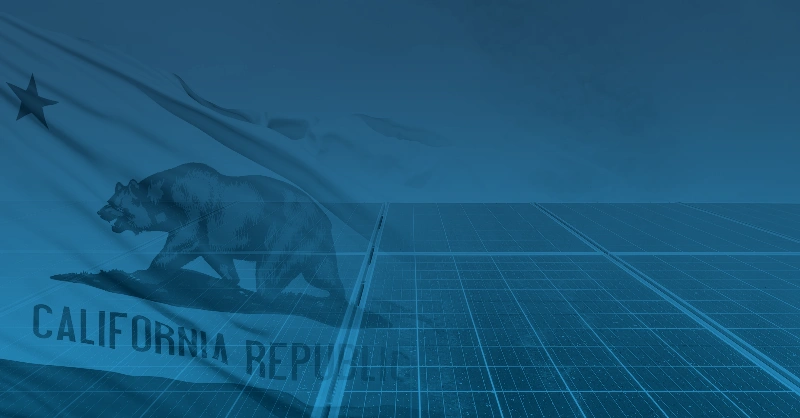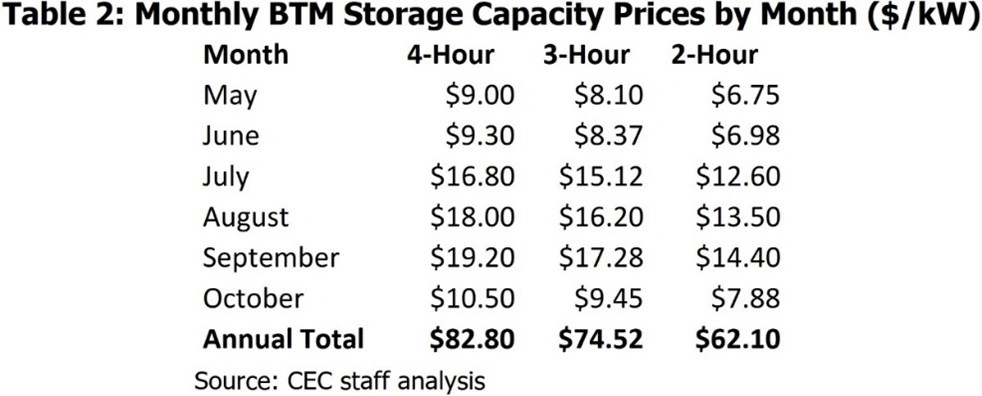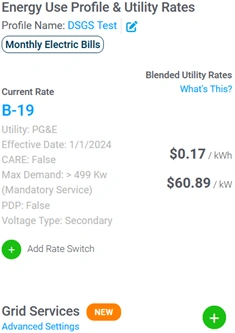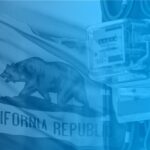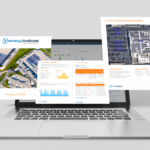We are excited to announce that we now offer a Demand Side Grid Support (DSGS) incentive option in ETB Developer. DSGS is a Demand Response (DR) program funded by California’s Strategic Reliability Reserve that seeks to alleviate stress on the electrical grid by offering incentives to participants who provide upfront capacity commitments or reduce their energy usage during extreme events like heatwaves or wildfires. This additional support for the grid reduces the risk of rolling power outages while compensating participants in the process. ETB Developer users can now effortlessly model Incentive Option 3 of the DSGS program and begin tapping into this additional revenue stream.
Overview of DSGS and Incentive Option 3
The DSGS program went into effect for customers of Publicly Owned Utilities and Community Choice Aggregators in September 2023. The program has no set term, so if current funding is maintained, the program can be expected to run through 2028 and possibly beyond.
Specifically, Incentive Option 3 is available for DSGS participants with an Energy Storage System (ESS) installed on-site that can provide a capacity commitment during specified events. These events occur from 4-9 p.m., May through October, with a maximum of 35 events per season. As of 2025, there are now two types of events: Day-Ahead events and Day-of events. Day-Ahead events are based on movement in California ISO’s (CAISO) local marginal prices and participation in these events is paid in $/kW based on demonstrated capacity. Day-of events are called based on CAISO Energy Emergency Alert signals with compensation at a rate of $1/kWh of net discharge. When an event is triggered, the DSGS provider, known as a behind-the-meter Virtual Power Plant (VPP) aggregator, will dispatch the ESS asset to fulfill its capacity commitment. When you enroll in this incentive through ETB, we act as the VPP aggregator and utilize our Acumen EMS and ETB Monitor products to control the battery, send the dispatch signals during events, collect the interval data on behalf of the participant, and submit monthly performance reports to ensure the ESS is operating under the program’s requirements. DSGS participants will then receive compensation based on their demonstrated capacity commitment in each month with payments allocated between the VPP aggregator and the participant.
Incentive Compensation for Capacity Commitment
Compensation is provided at varying rates to participants based on their demonstrated battery capacity (kW) commitment over 2-, 3-, or 4-hour program durations.
Figure 1: Capacity prices by month and per 2-, 3-, and 4-hour durations.
In addition to these rates, a 30% early participation bonus is applied to capacity payments for customers who enroll in the years 2023 and 2024. As part of the 2025 update to the DSGS guidelines, the California Energy Commission extended this bonus to customers who enroll in 2025 and 2026 as well.
When enrolling in the DSGS program, participants choose between the 2-, 3-, or 4-hour programs. These programs are not dictated by the battery specifications and are up to the discretion of the participant. For example, a participant with a 2-hour battery (120 kW / 256 kWh) could sign up for the 4-hour program and dispatch 60 kW over the 4-hour event window. The most beneficial option for a participant may vary, so we recommend modeling each scenario in an ETB Developer Proposal.
How This Incentive Works in ETB Developer
The selection of the DSGS incentive is smooth and simple in ETB Developer. In a Proposal, you will find the new Grid Services section where you can select the DSGS incentive option.
Figure 2: The new Grid Services option in the Proposal.
Once selected, you then pick a capacity commitment (2-hr, 3-hr, or 4-hr) and specify if your customer participates in, or will participate in, the Self-Generation Incentive Program. Lastly, you have the option to adjust the following two values: the “escalation rate” and the “end of program reduction.” The escalation rate determines the annual $/kWh value of Grid Services revenue after the DSGS program ends, and the end-of-program reduction is used to make a one-time adjustment to Grid Services revenue based on your perception of how this revenue stream might change after the DSGS program is complete.
Figure 3: The Escalation Rate and End of Program Reduction defaults in the Advanced Settings.
ETB models its “DSGS & Grid Services” revenue stream over 30 years; this requires a few estimates to be made (the escalation rate and end-of-program reduction) because the current iteration of the DSGS program expires in 2027. Inputs for these two rates are used to gauge your expectations for the future value of DR programs and will determine the trajectory of the revenue stream for your ESS asset beyond the currently projected lifespan of the DSGS program. We believe, based on the 50-year history of DR programs and the successes of DR pilots that are now firm incentives in other states, that these programs will continue in some form and remain as profitable if not more so in the future. That is why we default to 3% and 0% for the escalation and end-of-program reduction respectively; however, you may adjust these based on your own expectations for the future value of DR programs.
We are excited to offer our users this new feature and we look forward to expanding our selections of Grid Services programs in the future. These programs are a great way to diversify your energy portfolio and tap into additional streams of revenue. To see this new feature in action, register for our upcoming Modeling Grid Services & Utility Bill Savings with Energy Toolbase webinar.
